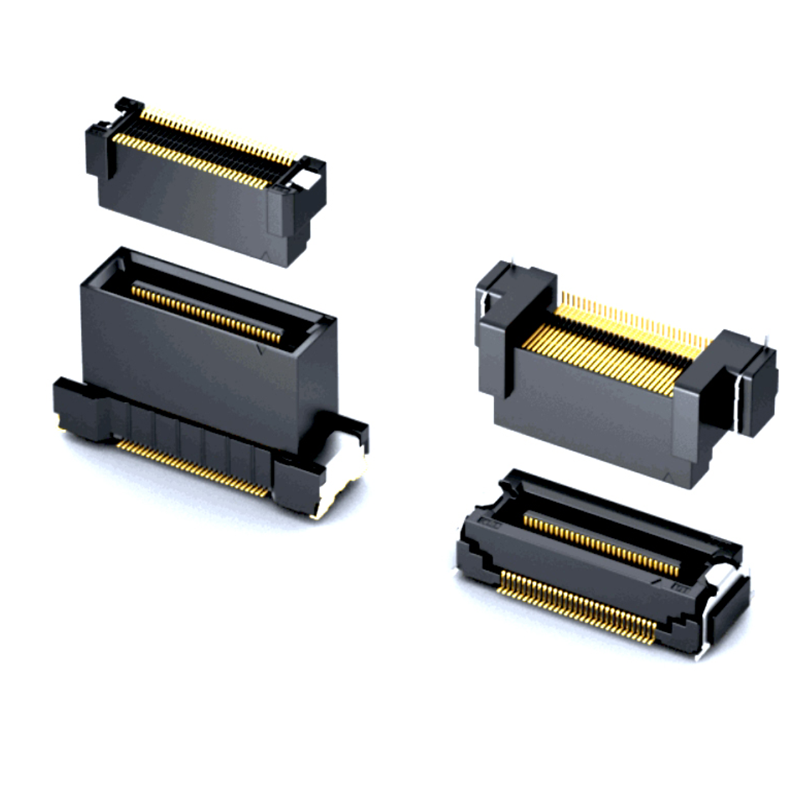What is a floating board-to-board connector?
Floating board-to-board connector
What is a floating connector?
A "floating connector" is an electromechanical interconnect that is often used to eliminate the misalignment that occurs when mounting an interface on a PCB in the "x" and "y" directions.

With the help of the floating structure inside the connector, damage to various components on the PCB (such as solder joints and other connector interfaces) can be effectively prevented.
Especially, the misalignment in the "x" and "y" directions during PCB installation and assembly is eliminated.
As part of the overall PCB design process, it is important to take into account all relevant dimensions and their associated tolerances.
Examples: screw holes, interface between floating and rigid connector sides and PCB and SMT connector contacts.
With the gradual advancement of the miniaturization trend, this has greatly promoted the need for size reduction, while also limiting the PCB area. These make solutions for automated robotic assembly and finer pitch connections necessary.
What are the characteristics of floating connectors?
Fitted guide rail structure (X/Y±1mm)
This floating connector has a special mating rail structure (X/Y±1mm) to achieve correct alignment during PCB assembly.
Floating range (X / Y±0.5 mm)
The effective x and y floating range (±0.5 mm) allows the insulator to move and mate correctly with its opposite side.
What are the advantages of floating connectors?
"Using a floating connection solution has the following advantages:"
(1) Eliminate misalignment when assembling connectors on PCB
"When assembling the various components on a typical PCB, alignment of all mounting positions must be guaranteed. The floating connector allows for excellent visual control and ensures production structure-friendliness. This connection solution can eliminate tolerances and thus Enable efficient and cost-effective automated PCB assembly."
(2) Accommodate multiple board-to-board connectors on a single PCB
Floating connectors also become very useful when connecting to a PCB using multiple connection points. With multiple non-floating connectors, there are tolerances between each interface and the PCB, making accurate alignment very difficult.
Therefore, we do not recommend assembling multiple non-floating connectors on the main PCB.
(3) Elimination of misalignment during assembly
Due to defects that easily produce accuracy deviations during the actual assembly process, misalignment may occur.
This makes cumulative tolerances must be considered throughout the product design process. This dilemma can be easily solved with the help of floating connectors.
(4) Reduce the stress on the connector after installation
"Even small misalignments creating small forces on non-floating connectors can create stress. As stress accumulates over time, it can be transferred to the PCB and other connectors and solder joints, which can cause irreversible damage to the host. failure. Floating connectors solve this problem by eliminating the structural stress caused by misalignment."
(5) Increase design flexibility
As the overall component count increases (taking into account misalignments and tolerances), the overall design becomes more challenging. Better tolerance management also increases production costs. Floating connectors not only help reduce misalignment but also increase flexibility in the overall design solution.
Under what circumstances is it necessary to use floating connectors?
Floating connectors are widely used in various industrial markets.
Industrial application
PLC, CNC, industrial computers, sensor units and controllers.
Automotive Applications
Automotive applications include car navigation systems, audio modules and wireless modules.


